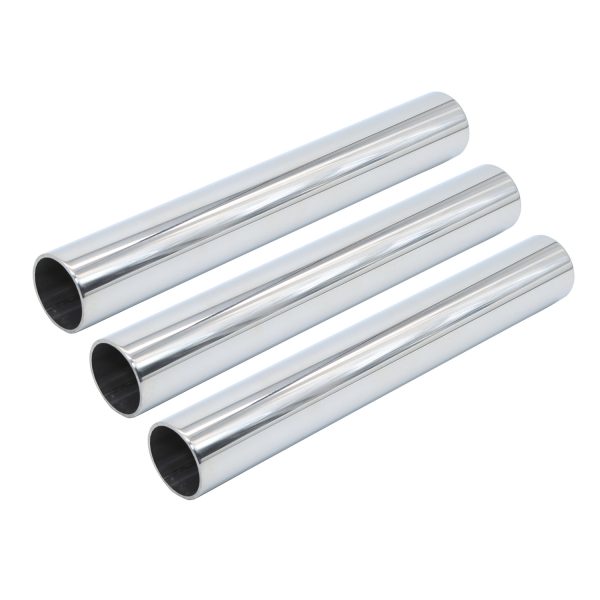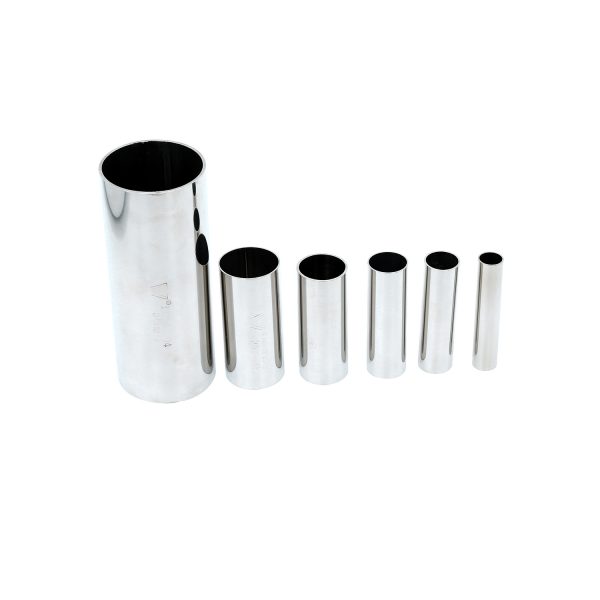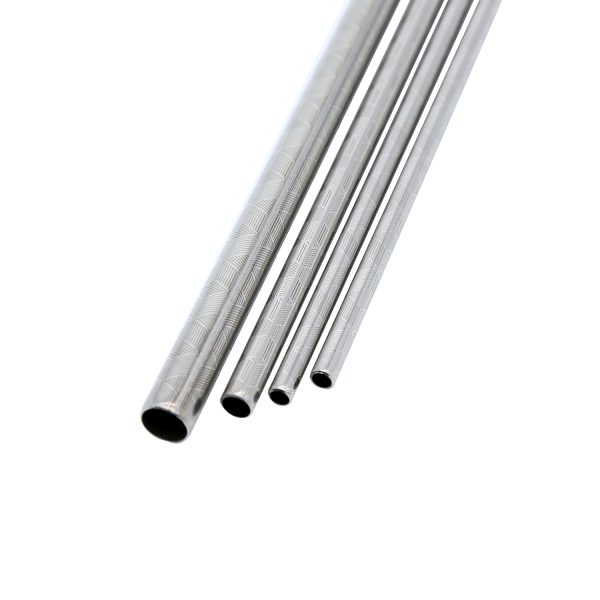
The significance of 316 stainless steel round tubes in various industrial applications cannot be overstated. As a material known for its excellent corrosion resistance and durability, it plays a crucial role in sectors ranging from construction to manufacturing. In this analysis, I will search the implications of using 316 stainless steel round tubes within the context of Original Design Manufacturing (ODM) supply chains.
The Importance of 316 Stainless Steel Round Tubes
316 stainless steel round tubes are particularly valued for their ability to withstand harsh environments, making them ideal for marine applications and chemical processing industries. Their composition includes molybdenum, which enhances their resistance to pitting and crevice corrosion compared to other grades. Furthermore, these tubes can be easily fabricated into various shapes and sizes, allowing manufacturers flexibility in design. The high tensile strength also ensures that structures built with these materials maintain integrity under stress. Thus, sympathise the properties of 316 stainless steel is essential for optimizing product performance across multiple sectors.
HengXing Steel: A Key Player
HengXing Steel has emerged as a prominent supplier specializing in high-quality 316 stainless steel products including round tubes. With a commitment to innovation and quality assurance, HengXing provides tailored solutions that meet specific client requirements within the ODM framework. Their extensive experience allows them to navigate complex supply chain dynamics effectively while ensuring timely delivery of products. Additionally, HengXing’s focus on sustainability aligns with global trends towards environmentally responsible manufacturing practices—an increasingly important consideration among consumers today.
The Role of Industrial Stainless Steel Pipes

industrial stainless steel pipes play an integral role alongside 316 stainless steel round tubes by providing essential infrastructure support across numerous applications such as plumbing systems and structural frameworks. These pipes exhibit similar characteristics regarding corrosion resistance and mechanical strength but may vary based on specific industry needs or regulatory standards. Sympathise how different types interact within supply chains helps optimize inventory management strategies while reducing costs associated with production delays or material shortages.
Conclusion: The Future Outlook for 316 Stainless Steel Round Tubes
The ongoing demand for durable materials like the 316 stainless steel round tube highlights its importance not only as an individual component but also as part of broader supply chain considerations within ODM contexts. As industries continue evolving toward more sustainable practices coupled with technological advancements in manufacturing processes, we can anticipate further innovations surrounding this versatile material type—ultimately enhancing efficiency throughout various sectors reliant upon it.

